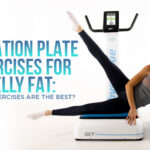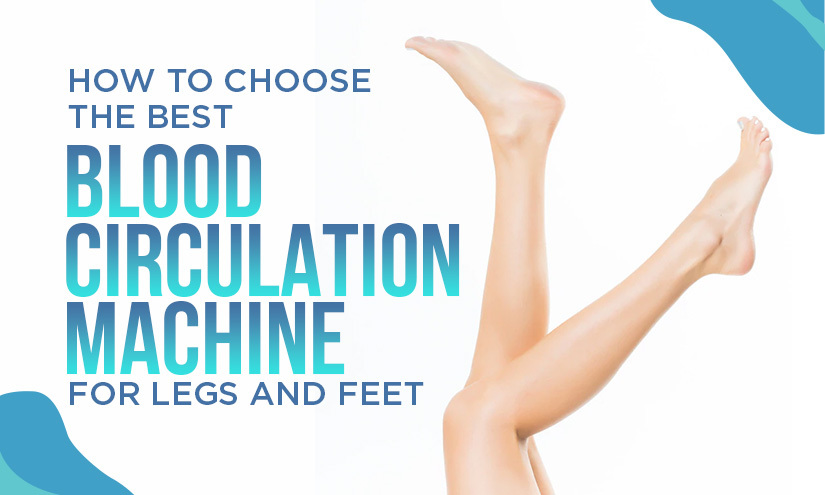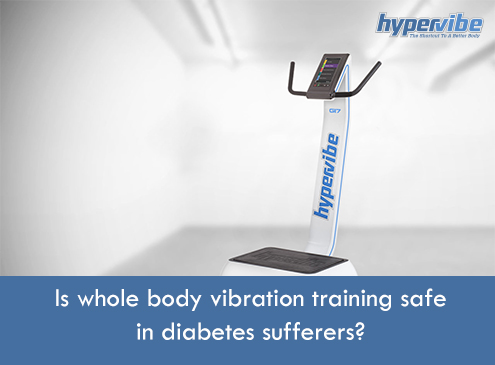5 causes of poor circulation and how to prevent them
The circulatory system is responsible for carrying oxygen, nutrients and water throughout the body and for ensuring the optimum removal of waste products like carbon dioxide, which is produced whenever cells breathe.
When the blood flow to a certain body area is altered for some reason, poor circulation occurs. Although not a condition in itself, an impaired blood flow can be the symptom of a series of ailments, from heart conditions and arterial issues to diabetes.
Of all the potential causes of poor circulation, some are not threatening – such as sleeping in an improper position for example, or spending a longer time sitting, but others can become harmful for your entire body. Smoking for example can affect the functioning of the circulatory system, and the lack of exercise also leads to poor blood flow. Eating too much junk food and being overweight favor circulation problems as well.
But besides these issues that refer to one’s lifestyle rather than their health state, there are a series of conditions that can manifest through poor circulation, so if you notice that your feet and hand are cold most of the times, your hair falls more than it used to, you feel tired and numb in certain parts of the body, and your skin is dry although you hydrate yourself properly, you might be suffering from one of the ailments that alter the blood flow.
Other symptoms that should raise a red flag include having regular dizzy spells, frequent headaches and cramps and pins in your extremities, shortness of breath, water retention and tissue swelling, varicose veins, blemishes and blotches on the skin, memory and concentration problems.
Given below are some common causes of poor blood flow and the solutions you can apply at home for improving circulation.
1. Peripheral artery disease (PAD)
Poor circulation can also signal an underlying condition, like peripheral artery disease for example, which manifests through an impaired delivery of blood to your legs. This ailment causes the blood vessels to narrow, and is associated with a high risk of atherosclerosis, condition that appears when fats and debris build up inside the arteries and veins, and form a stiff plaque on their walls.
If this problem is not addressed, it can lead to numbness, tingling and cramps that appear most of the times, and can cause nerve and tissue damage in time. To prevent PAD, you should exercise for at least 30-40 minutes a day, eat fruits and vegetables on a daily basis and avoid the risk factors, which include smoking, high cholesterol levels, obesity and diabetes.
2. Atherosclerosis
Already mentioned above, atherosclerosis is one of the most threatening conditions that can be behind circulation problems. The plaque that hardens the blood vessels can form due to high cholesterol levels, diabetes or high blood pressure, making it difficult for the heart to pump blood properly and thus lowering your blood circulation.
The plaque usually sticks to the walls, narrowing the blood vessels, and it continues to glow in a slow and controlled way if no changes are done in one’s diet and lifestyle. Eventually, this buildup can cause significant blockages in the blood vessels, causing pain and exertion in the affected areas. But this is not the worst that can happen; plaque can suddenly detach from the walls and start traveling through the arteries, causing blood to clot. This sudden rupture can lead to heart attack and stroke.
Just like PAD, atherosclerosis can be prevented by avoiding the intake of foods that can favor its occurrence, mainly fast food and junk products made with unhealthy fats, but also by including enough good fats in your menu. Fish, olive oil, eggs and plain yogurt are good sources of healthy fatty acids and should be consumed weekly.
Exercise is also of great help for preventing this condition, as it causes muscle contractions and these push the blood through the vessels and stimulate helps in the removal of debris and by-products from the circulatory system. Other preventive measures include keeping blood sugar levels and blood pressure under control, maintaining a healthy weight and avoiding smoking.
3. Venous thrombosis
This condition is different from peripheral artery disease, and it affects the veins. Also referred to as deep vein thrombosis, it appears when veins become inflamed as a result of blood clots that are lodged into the blood vessels.
Symptoms of this condition include skin discoloration, tenderness and swelling in the affected areas, as well as discomfort in the nearby regions. To prevent venous thrombosis, avoid sitting for too long and stretch every other hour if you have a sedentary job or travel by airplane for several hours.
Also, maintain a healthy lifestyle with daily exercise and quit smoking if you’re a smoker. Get your blood pressure checked regularly and if you take birth control pills, try to switch to an alternative solution as these can favor DVT. Hydrate yourself properly and reduce or avoid alcohol consumption, especially when spending more time sitting.
4. Diabetes
By causing changes in blood sugar levels, diabetes affects not only your weight but also circulation, as the composition of blood is altered and the tissues no longer receive the optimum amount of nutrients and oxygen. As a result, pain and cramping can occur, these symptoms affecting most often the legs, calves, thighs and buttocks.
Peripheral circulation is the most affected in diabetic patients, but the symptoms may be detected with difficulty in those who also suffer from diabetic neuropathy, due to the reduced sensation in the extremities. If no measure is applied, diabetes can cause serious problems and be fatal.
Diabetes can be prevented by maintaining a healthy weight, controlling the intake of carbohydrates and eating mostly complex carbs that come from healthy sources like whole grains, fruits that aren’t too sweet, vegetables, food rich in fibers and unsweetened milk products.
5. Raynaud’s disease
A less known condition, Raynaud’s disease manifests through cold feet and hands, the symptoms appearing due to the narrowing of the small arteries in the extremities. When the diameter of the blood vessels gets smaller, the blood is no longer pushed efficiently through the vessels, and the arteries become less capable of delivering the fluid to tissues and organs.
In people affected by this condition, the symptoms become more accentuated in cold temperatures and when experiencing high levels of stress. The blood flow is usually reduced in hands and feet but can also affect the lips, nose and ears.
To prevent Raynaud’s disease, you should avoid the triggers: cold temperatures and stress. Wear gloves, a scarf and a hat, and make sure to put on some warm boots if you go out when it’s cold. To prevent air from reaching your hands you can also use hand warmers. If you travel by car, turn the heat on a few minutes before you leave.
Have something to add to this article? Comment below or join our Facebook community and share your thoughts with us!











